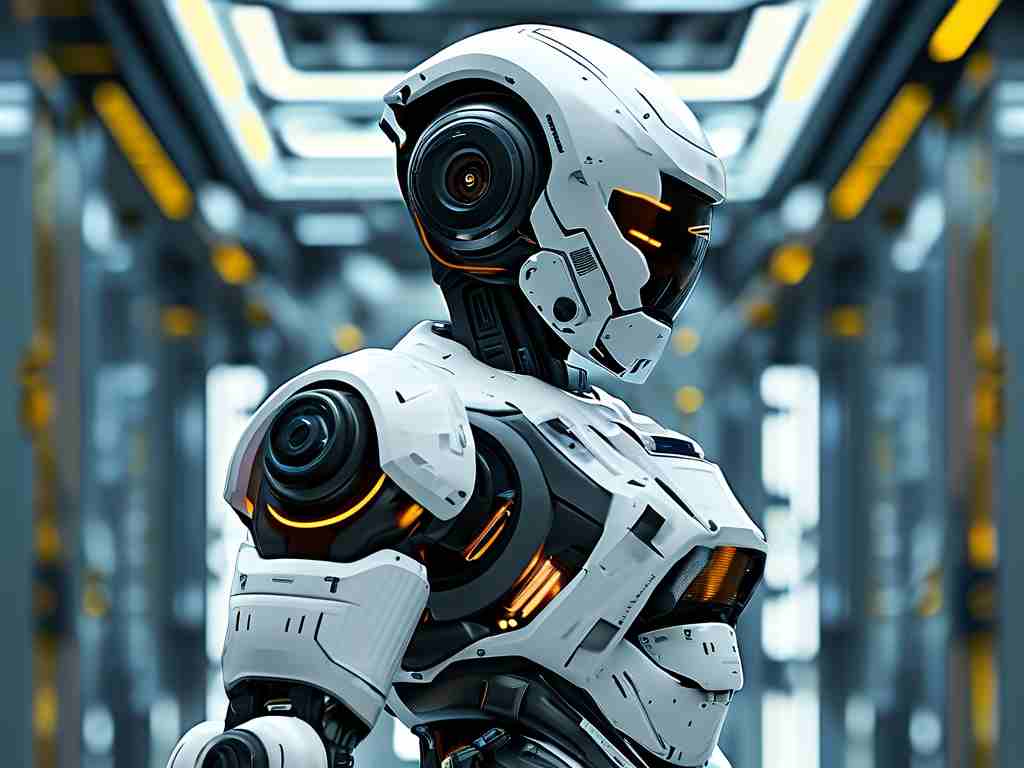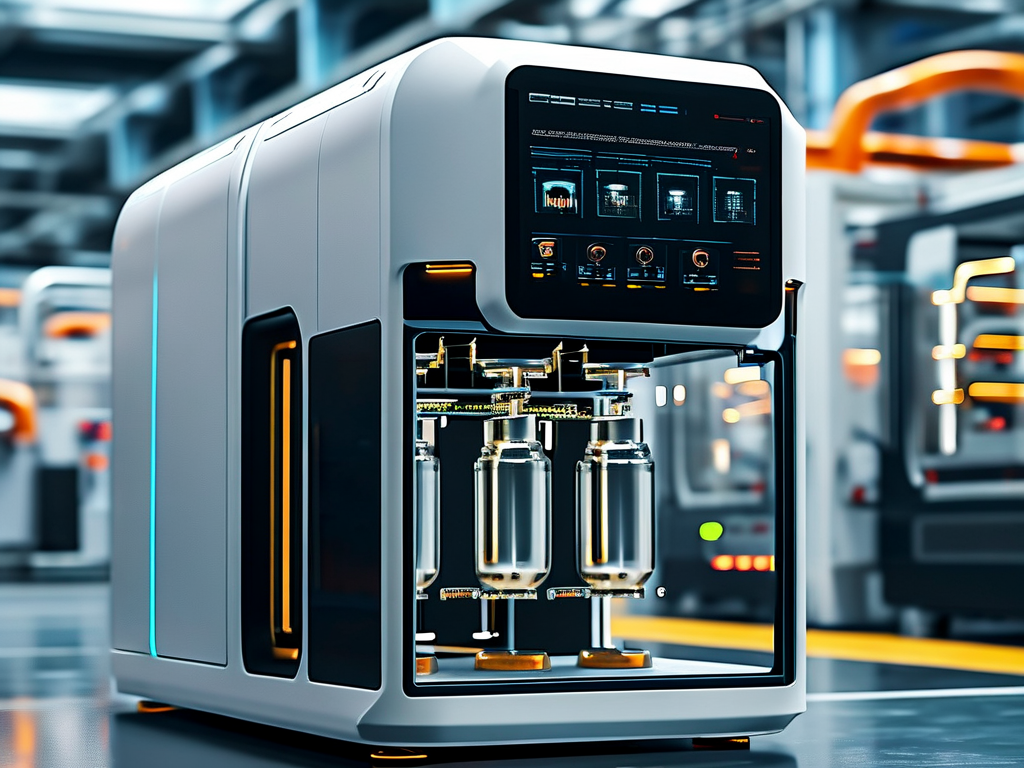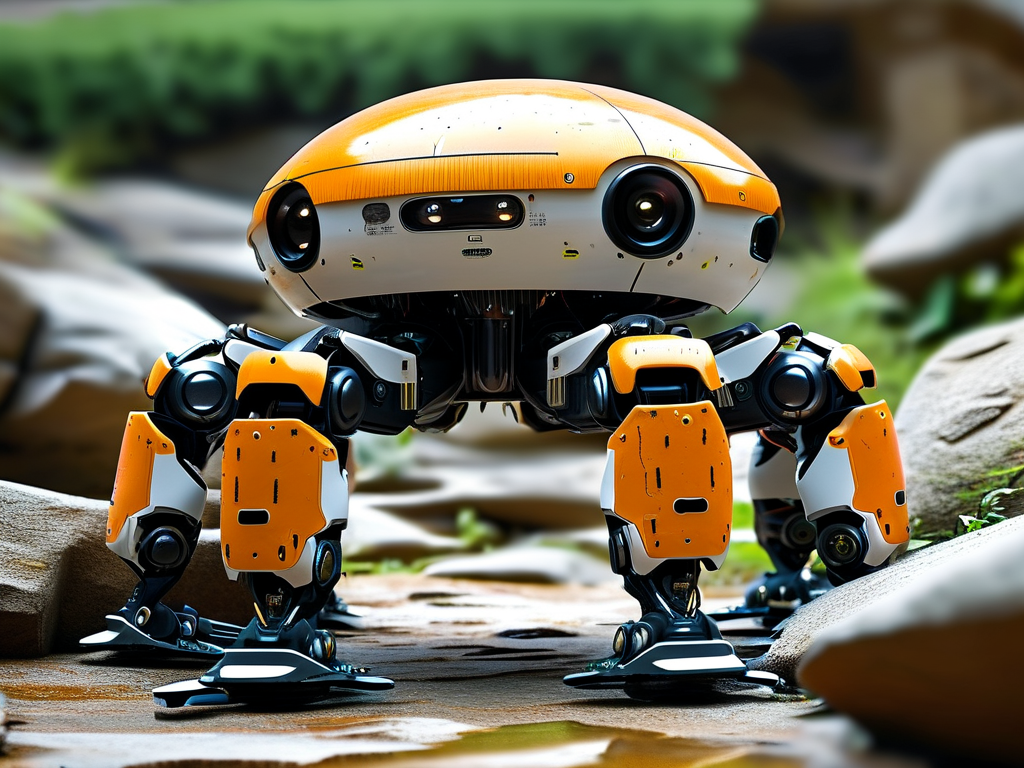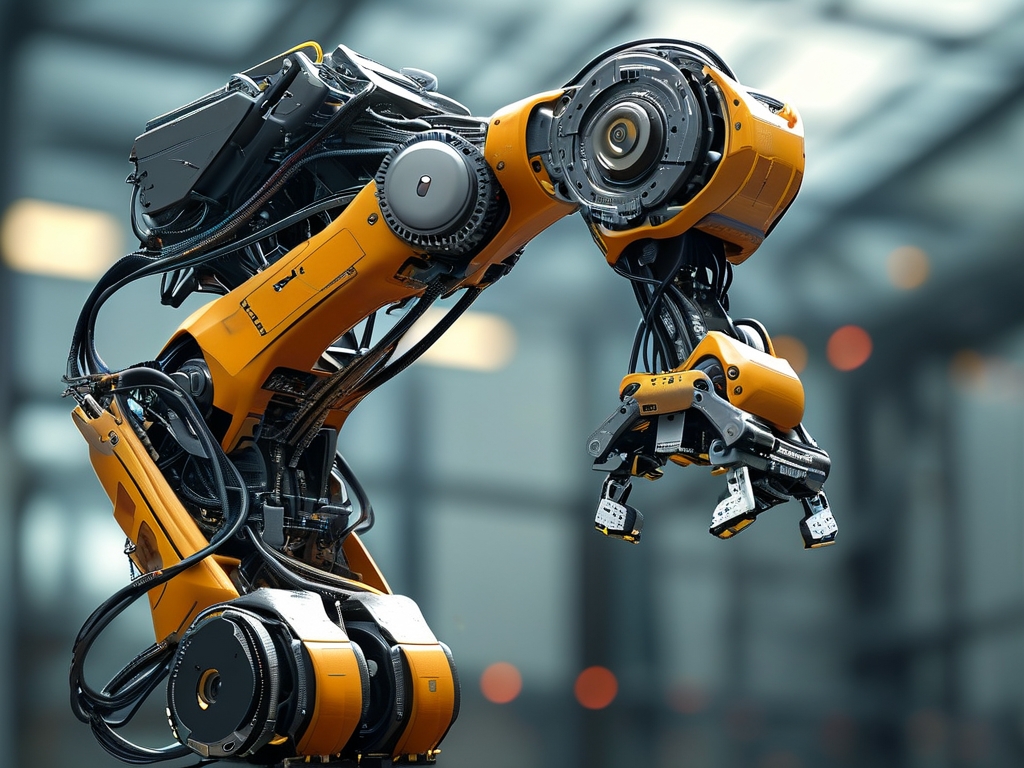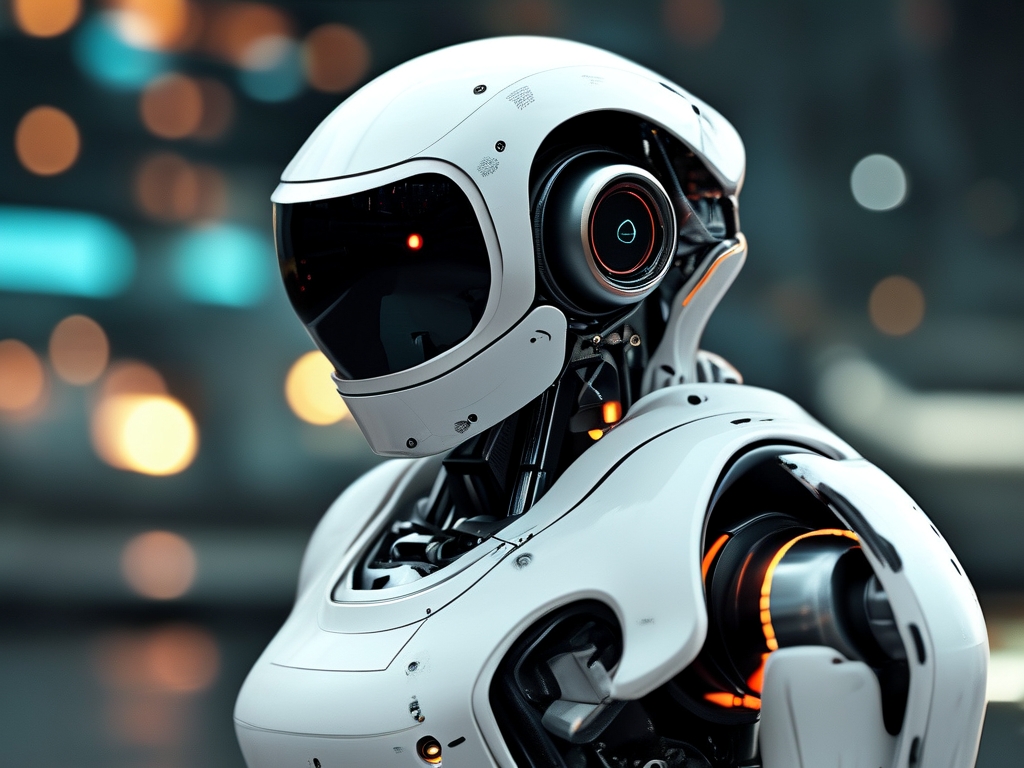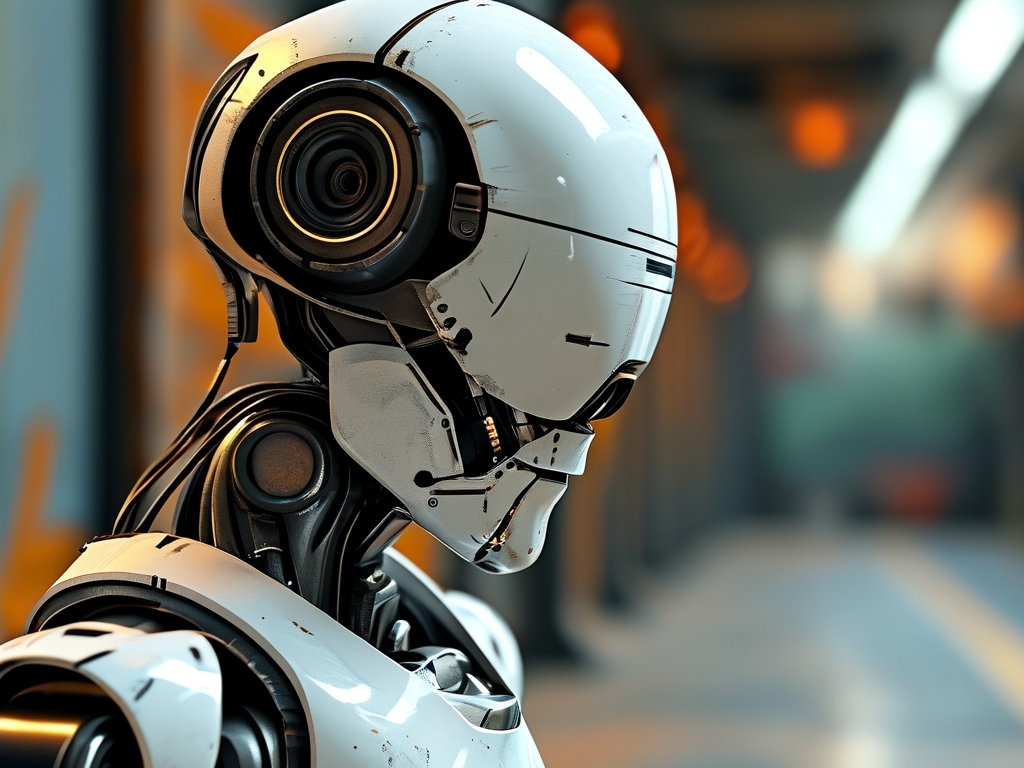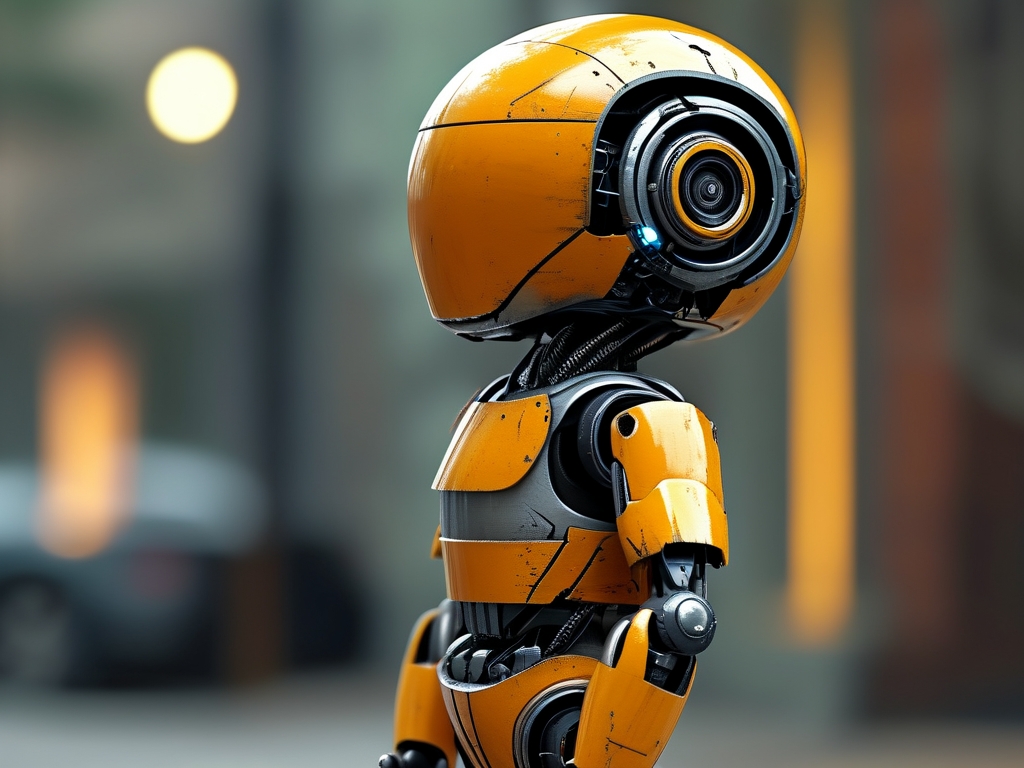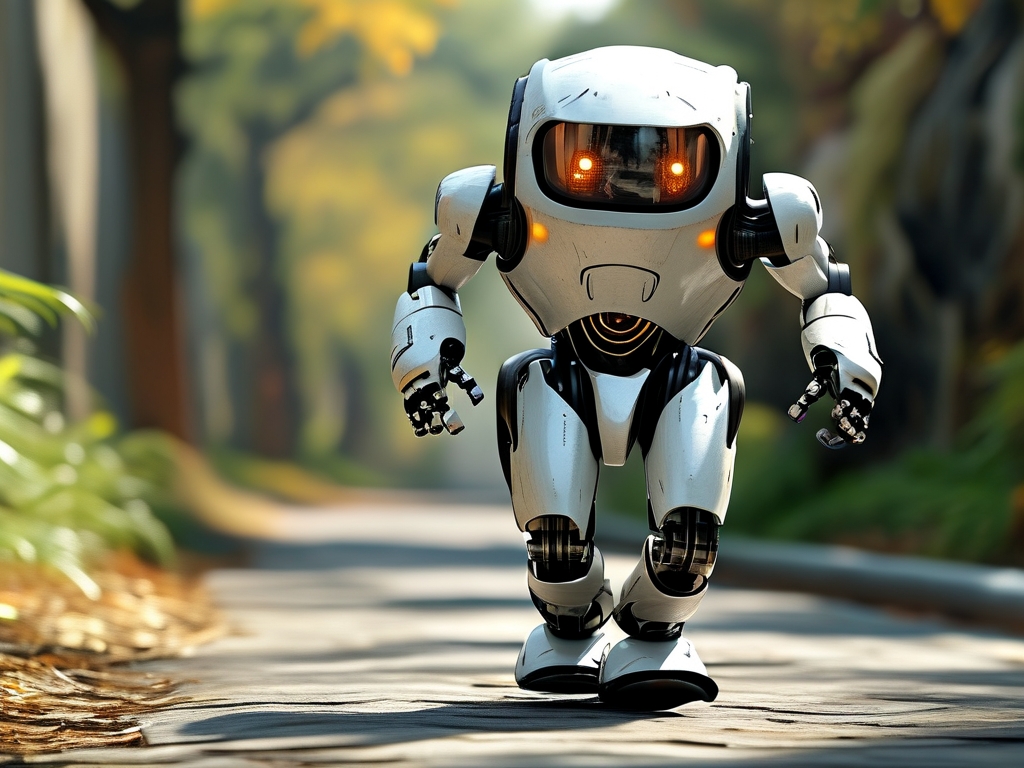The development of bicycle-riding robots represents a fascinating yet complex frontier in robotics and artificial intelligence. While autonomous vehicles and walking robots have made significant strides, creating machines capable of balancing, pedaling, and navigating bicycles introduces unique technical hurdles. This article explores the critical challenges engineers face in this field and the interdisciplinary innovations required to overcome them.
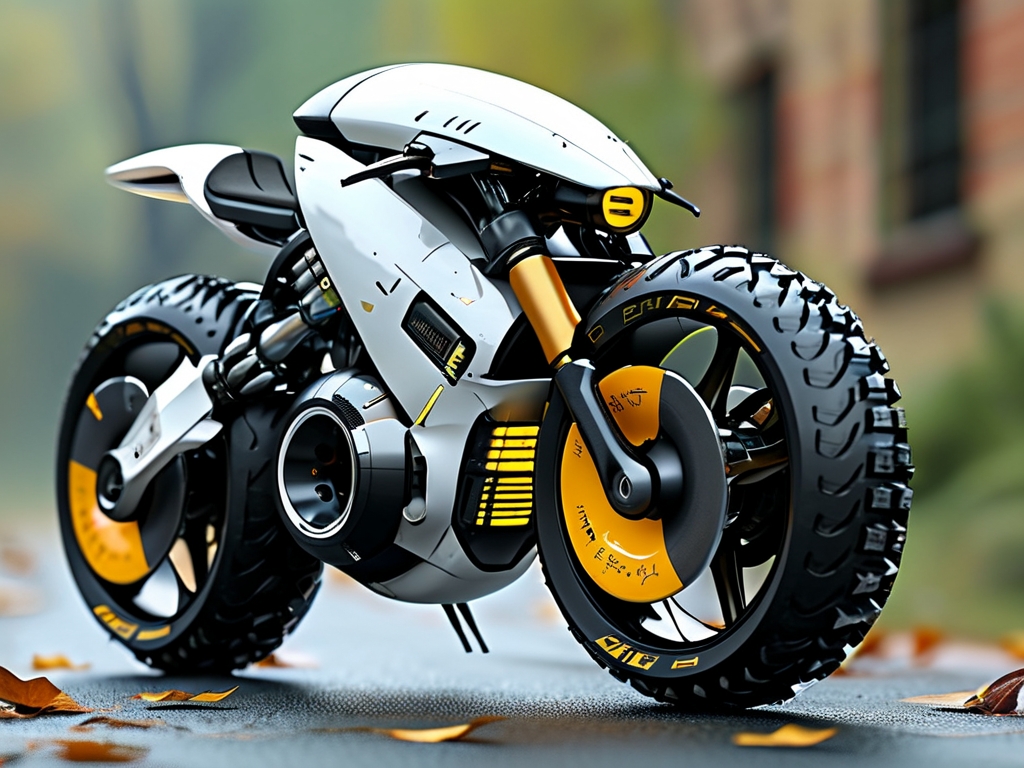
1. Dynamic Balance and Stability
Bicycles are inherently unstable systems that require continuous micro-adjustments to maintain balance. For robots, replicating human-like balance involves solving two interrelated problems: real-time sensor feedback and adaptive control algorithms. Unlike static robots, bicycle-riding machines must process data from gyroscopes, accelerometers, and torque sensors at millisecond speeds to detect tilt, speed, and terrain changes. Even minor delays in processing can lead to catastrophic failures.
Moreover, bicycles exhibit countersteering behavior—a phenomenon where turning the handlebars slightly in the opposite direction initiates a lean. Programming robots to master this counterintuitive motion demands advanced physics modeling and machine learning. Researchers at MIT and Toyota have experimented with reinforcement learning to train robots in simulated environments, but transferring these skills to real-world scenarios remains unreliable due to unpredictable variables like wind or uneven surfaces.
2. Environmental Perception and Navigation
A bicycle-riding robot must perceive its surroundings with human-level acuity to avoid obstacles, recognize traffic signals, and adapt to dynamic environments. This requires integrating multi-sensor fusion (LiDAR, cameras, radar) and semantic understanding. For instance, distinguishing between a stationary object (e.g., a parked car) and a moving pedestrian is crucial for safe navigation.
Current autonomous vehicles rely heavily on pre-mapped routes, but bicycles often operate in unstructured spaces—bike lanes, sidewalks, or mixed traffic. Robots must process real-time data to make split-second decisions, such as swerving to avoid a suddenly opened car door. The computational load for such tasks is immense, necessitating edge computing solutions to reduce latency. Companies like Boston Dynamics have made progress with quadrupedal robots, but their systems lack the speed and efficiency needed for bicycle navigation.
3. Power Efficiency and Mechanical Design
Bicycles are human-powered machines, but robots require onboard energy sources. Designing lightweight yet powerful actuators and batteries is a major challenge. Pedaling a bicycle demands precise torque modulation, especially on inclines or rough terrain. Overly bulky motors or batteries disrupt the robot’s center of gravity, compromising stability.
Researchers are exploring biomimetic designs, such as tendon-driven mechanisms that mimic human muscle efficiency. However, these systems are prone to wear and tear. Additionally, energy regeneration—capturing kinetic energy during braking—is being tested to extend operational time. Until energy storage technology improves, most bicycle robots remain tethered to external power sources or limited to short-duration tasks.
4. Human-Robot Interaction
In shared spaces, bicycle robots must coexist with humans. This raises questions about predictable behavior and communication. Human cyclists use hand signals, eye contact, and situational awareness to coordinate movements. Robots, however, lack innate social cues. Developing intuitive signaling systems (e.g., LED indicators or auditory alerts) is essential to prevent accidents.
Ethical considerations also arise. For example, how should a robot prioritize actions when avoiding a collision risks harming its rider versus a pedestrian? Resolving such dilemmas requires interdisciplinary collaboration between roboticists, ethicists, and policymakers.
5. Testing and Validation
Validating the safety of bicycle-riding robots is exponentially harder than testing static industrial robots. Real-world environments are too variable to simulate comprehensively. While digital twin technology allows virtual testing, physical prototypes still face unforeseen challenges. Regulatory frameworks for certification are also lagging, leaving developers in a legal gray area.
The pursuit of bicycle-riding robots pushes the boundaries of robotics, AI, and mechanical engineering. While breakthroughs in adaptive control, sensor fusion, and energy systems are gradually addressing these challenges, a fully autonomous, reliable bicycle robot remains years away. Success will depend on collaborative innovation across disciplines—and perhaps a touch of humility in mimicking the effortless grace of human cyclists.


